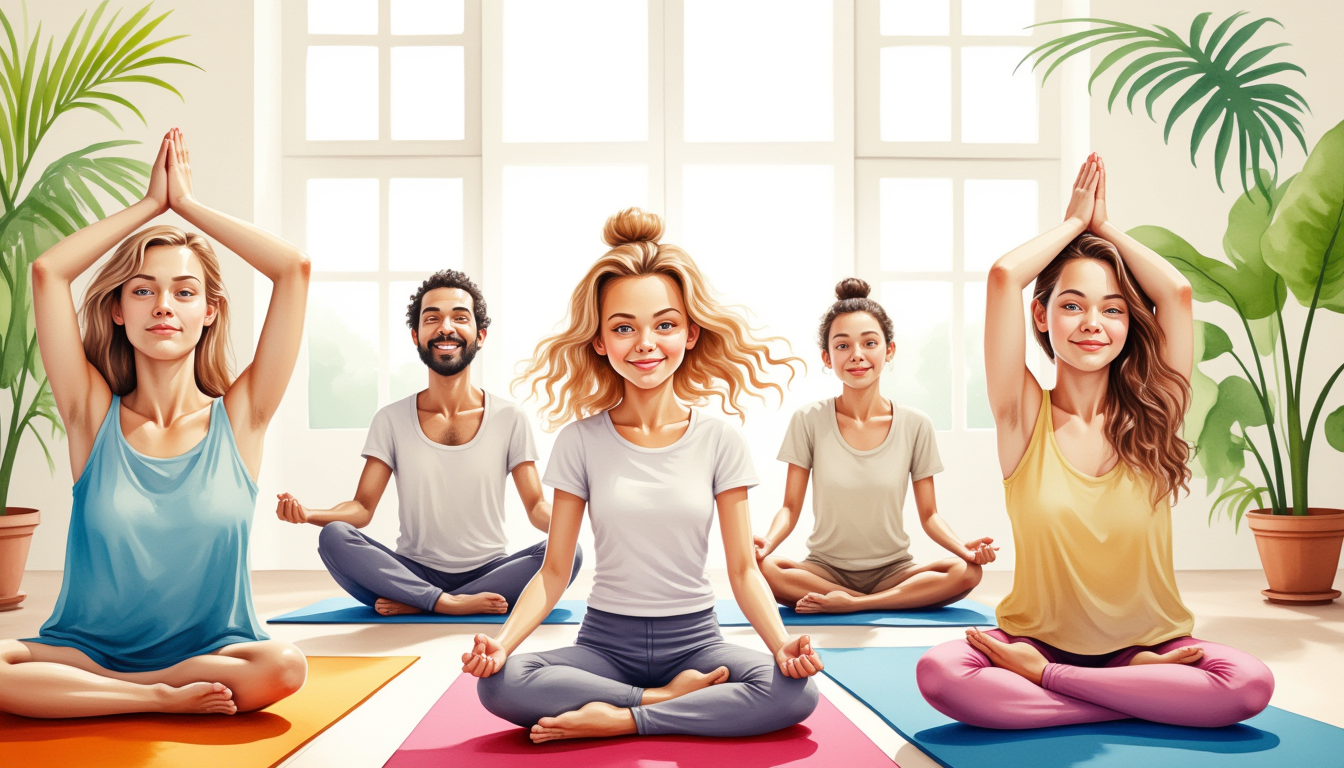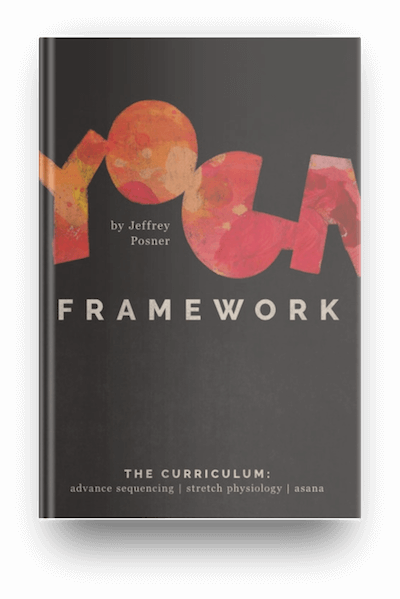Introduction to Yoga Poses for Relaxation
Yoga poses for relaxation serve as an effective strategy to combat stress and enhance mental well-being. By incorporating specific physical postures with breath control and meditation, yoga holistically addresses stress, resulting in improved mood and overall health. Various yoga poses hold potential to transform your state of mind, offering tranquility and peace that many seek in today’s fast-paced world.
Key Yoga Poses for Relaxation
To maximize the benefits of yoga for relaxation, here are some recommended poses:
Child’s Pose (Balasana): A Sanctuary for Relaxation
Child’s Pose is a foundational resting pose designed to calm the mind and soothe the nervous system. It stretches the back, hips, thighs, and ankles, creating a sanctuary for the body to unwind and reset. This pose is ideal for initiating any yoga practice due to its simple yet effective nature explained in this study.
Downward Facing Dog (Adho Mukha Svanasana): Invigorate and Relax
This widely recognized pose boosts blood flow and oxygenation to the brain, effectively reducing stress and fatigue. Downward Facing Dog invigorates the entire back side of the body, from shoulders to heels, creating a sense of balance and upliftment, which is crucial in stress management.
Standing Forward Fold (Uttanasana): Stress Reduction Through Flexibility
Standing Forward Fold is all about surrendering. It enhances flexibility in the hamstrings, calves, hips, and back, alleviating stress and fatigue. This pose is also beneficial in relieving headaches and insomnia, making it a powerful tool for relaxation.
Corpse Pose (Savasana): The Ultimate Relaxation
Savasana is often practiced at the end of a yoga session to provide final relaxation. It calms the mind and body, promoting a profound sense of grounding and stress relief. During this pose, practitioners often experience a unique state of stillness and peace, making it an essential component of any yoga for relaxation routine.
Benefits of Yoga Poses for Relaxation
Yoga poses for relaxation offer significant benefits that extend beyond immediate stress relief:
- Reduction of Stress Hormones: Routine yoga practice can substantially decrease cortisol levels, aiding in effective stress management.
- Mood Enhancement: Yoga triggers endorphin release, which brightens mood and alleviates symptoms of anxiety and depression.
- Improved Sleep Quality: Incorporating poses like Legs Up The Wall and Child’s Pose helps enhance sleep quality through relaxation.
- Immune System Boost: Engaging with poses like Eagle Pose invigorates the immune system, augmenting overall health.
Actionable Tips for Practicing Yoga Poses for Relaxation
Start Slow for Effective Relaxation
Begin with simple poses such as Child’s Pose to cultivate comfort and confidence in your yoga practice. It’s important to progress at a pace that feels right for you.
Consistency is Key
Regular practice amplifies the benefits of yoga poses for relaxation. Consistency allows for gradual progression and deeper relaxation over time.
Combine with Breathing Techniques
Incorporating deep breathing can elevate yoga’s calming effects. It’s these subtle additions that enhance the effectiveness of your relaxation practices.
Seek Professional Guidance When Needed
Consider engaging a yoga instructor to develop a practice tailored to your personal needs and goals, thus optimizing your experience and outcomes.
Conclusion: Embrace Yoga Poses for Relaxation
In conclusion, yoga poses for relaxation provide a holistic approach to managing stress. By integrating these practices into your life, noticeable improvements in mental and physical health are achievable. Whether you’re a newcomer or seasoned yogi, yoga offers adaptable and sustainable strategies for stress relief suited to any lifestyle. For more insights, explore resources such as Psychology Today’s Guide on Yoga’s Benefits and NYU Langone Health’s Study on yoga and anxiety management.

